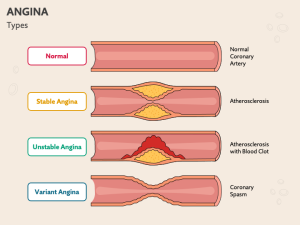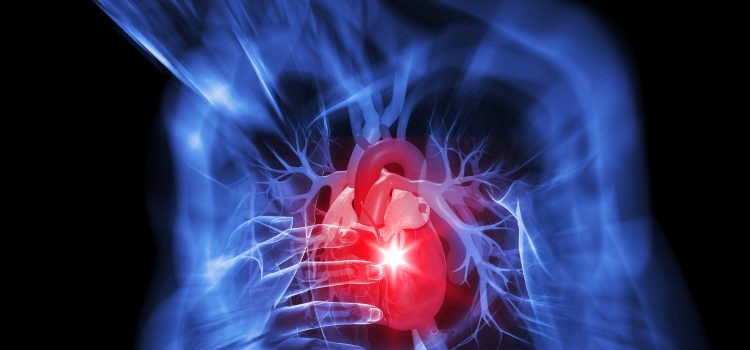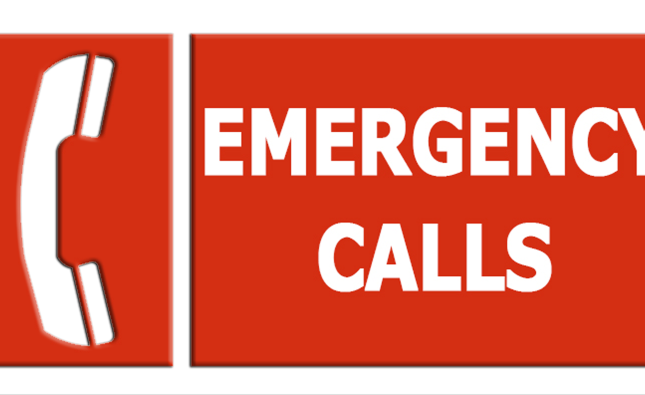
Introduction
Angina, recognized as angina pectoris, is a prevalent chest pain linked to diminished blood flow to the heart, typically signaling coronary artery disease. This comprehensive guide aims to provide an in-depth understanding of angina, covering its types, symptoms, causes, and effective prevention measures.
Types of Angina
1. Stable Angina
Stable angina, the most common form, occurs during activity and subsides with rest or angina medication. Its predictability and brief duration distinguish it from other types.
2. Unstable Angina (Medical Emergency)
Unpredictable and occurring at rest or with minimal effort, unstable angina demands immediate attention. Its severity, prolonged duration, and resistance to rest or usual medications make it a medical emergency.
3. Variant Angina (Prinzmetal Angina)
Variant angina, not linked to coronary artery disease, results from spasms in the heart’s arteries. This unique form involves cyclic, severe chest pain at rest, often relieved by specific angina medications.
4. Refractory Angina
Despite medication and lifestyle adjustments, refractory angina persists with frequent episodes, posing a challenging scenario for effective management.

Symptoms
- Chest pain
- Burning
- Fullness
- Pressure
- Squeezing
- Arm pain
- Neck pain
- Jaw pain
- Shoulder pain
- Back pain
- Dizziness
- Fatigue
- Nausea
- Shortness of breath
- Sweating
Angina in Women
Women may experience distinct angina symptoms, potentially leading to delayed treatment seeking. Beyond chest pain, symptoms may include discomfort in the neck, jaw, teeth, back, nausea, shortness of breath, or stomach pain. Heightened awareness of these nuances is essential for timely diagnosis and management.

When to See a Doctor
Persistent chest pain, especially if unresponsive to rest or medication, could indicate a heart attack. Immediate medical attention is crucial. Additionally, any new or worsening angina symptoms warrant prompt evaluation to determine the appropriate course of action.
Causes
- Reduced blood flow to the heart muscle (Ischemia)
- Coronary artery disease (CAD)
- Fatty deposits narrowing heart arteries (Atherosclerosis)
- Plaques in blood vessels
- Rupture or formation of blood clots
Risk Factors
- Increasing age
- Family history of heart disease
- Tobacco use (smoking, chewing, secondhand smoke)
- Diabetes
- High blood pressure
- High cholesterol or triglycerides
- Lack of exercise
- Obesity
- Emotional stress
- Certain medications
- Drug misuse
- Exposure to cold temperatures

Complications
- Chest pain limiting daily activities
- Heart attack
- Fainting
- Impending sense of doom
- Increasing episodes of chest pain
- Nausea and vomiting
- Continued pain in the upper belly area (abdomen)
- Shortness of breath
- Sweating
Prevention
- Quit smoking
- Adopt a healthy diet
- Limit alcohol consumption
- Engage in regular exercise
- Maintain a healthy weight
- Manage related health conditions
- Control stress
- Obtain recommended vaccines for heart-related complications

Conclusion
In conclusion, a comprehensive understanding of angina empowers individuals to proactively manage their heart health. Recognizing the nuances of different types, being vigilant about symptoms, understanding causes, and adopting preventive strategies contribute significantly to effective angina management. Early intervention remains the cornerstone of mitigating the impact of this prevalent cardiovascular condition.










